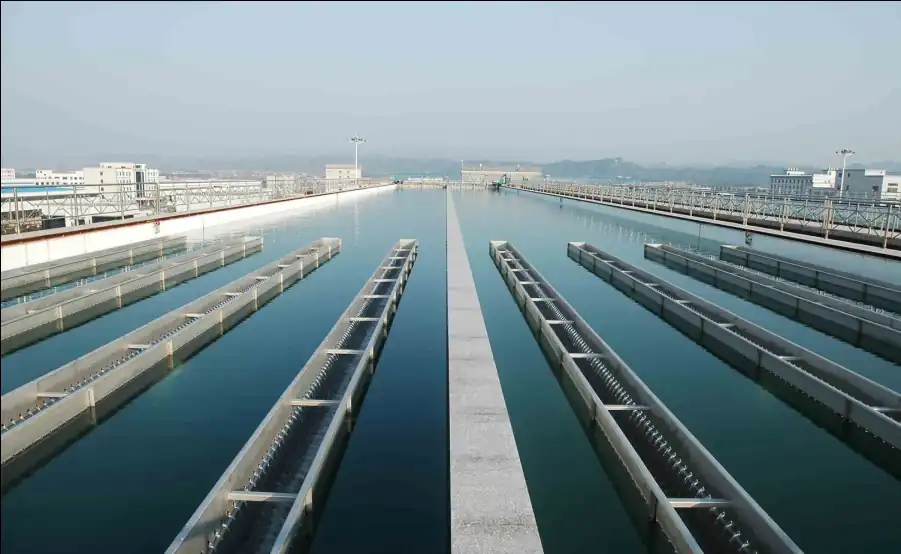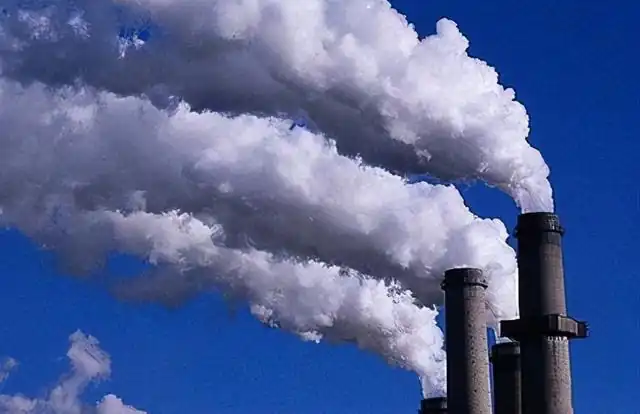Magnesium hydroxide is a kind of inorganic material, the production process includes chemical synthesis method, magnesium oxide hydration method, water magnesite grinding method and so on. With good adsorption capacity, buffer and environmental performance, magnesium hydroxide is widely used in environmental protection, electronics, medicine, paper making, oil additives, aquaculture, thermal insulation materials, etc. In 2023, China’s magnesium hydroxide market size of more than 800 million yuan.
Magnesium hydroxide has a variety of applications in the field of environmental protection, mainly including wastewater treatment, flue gas desulfurization, soil remediation and air pollution control.
Wastewater treatment

Magnesium hydroxide is widely used in wastewater treatment. It can be used as an acidic wastewater treatment agent to neutralize the acidic substances in wastewater and adjust the pH value of wastewater to meet the discharge standard. In addition, magnesium hydroxide can also remove heavy metal ions in wastewater, such as lead, cadmium, chromium, etc., through precipitation reaction, generating water-insoluble hydroxide precipitation, thus reducing the environmental pollution of these harmful substances.
Flue gas desulfurization

In industrial flue gas desulfurization, magnesium hydroxide is used as an adsorbent to remove sulfur dioxide from the flue gas. Magnesium hydroxide reacts with sulfur dioxide to form magnesium sulfate, which reduces sulfur dioxide emissions and lowers the risk of acid rain formation. This desulfurization technology is not only highly efficient, but also environmentally friendly and has less impact on secondary pollution.
Soil remediation

Magnesium hydroxide is used to remediate acidified or heavy metal contaminated soils. It improves soil pH and enhances soil fertility by neutralizing the acids in the soil. In addition, magnesium hydroxide is able to adsorb and immobilize heavy metals in the soil, reducing their bioavailability and thus reducing the harm to plants and the environment.
Air pollution control
Magnesium hydroxide can be used as an adsorbent to control harmful gases such as sulfur dioxide and nitrogen oxides from industrial emissions. Its excellent adsorption properties can effectively remove these pollutants, reducing air pollution and improving air quality. Magnesium hydroxide can also be used to capture carbon dioxide and help mitigate climate change.
Preparation Processes
Magnesium hydroxide can be prepared by a variety of methods, such as precipitation of magnesium ions by ammonia method using dolomite (chemical formula MgCO3-CaCO3 ) as raw material. The specific process includes steps such as grinding, light burning, heating reaction and filtration. The purpose of grinding is to increase the contact area of the reactants to speed up the reaction rate; light burning process temperature should not exceed 700 ℃; heating reaction chemical equation for MgO + (NH4)2SO4 = MgSO4 + NH3↑ + H2O; filtration of magnesium hydroxide precipitation need to be washed, the test has been washed method is to the wash after the washing of the wash solution to add barium chloride, and observe whether to produce a white precipitate The test is to add barium chloride solution to the washed solution and observe whether white precipitate is produced.
In summary, magnesium hydroxide is widely used in the field of environmental protection, with a variety of environmental and economic benefits.

